Related Research Articles
Ken Friedman is a design researcher. He was a member of Fluxus, an international laboratory for experimental art, architecture, design, and music. Friedman joined Fluxus in 1966 as the youngest member of the classic Fluxus group. He has worked closely with other Fluxus artists and composers such as George Maciunas, Dick Higgins, and Nam June Paik, as well as collaborating with John Cage and Joseph Beuys. He was the general manager of Dick Higgins's Something Else Press in the early 1970s. In the 1990s, Friedman's work as a management consultant and designer led him to an academic career, first as Professor of Leadership and Strategic Design at the Norwegian School of Management in Oslo, then as Dean of the Faculty of Design at Swinburne University of Technology in Melbourne. Friedman is currently University Distinguished Professor at Swinburne and Chair Professor of Design Innovation Studies at Tongji University.
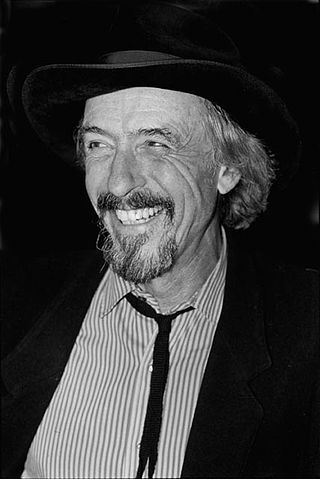
Arik Brauer was an Austrian painter, printmaker, poet, dancer, singer-songwriter, stage designer, architect, and academic teacher.
Tomma Abts is a German-born visual artist known for her abstract oil paintings. Abts won the Turner Prize in 2006. She currently lives and works in London, England.
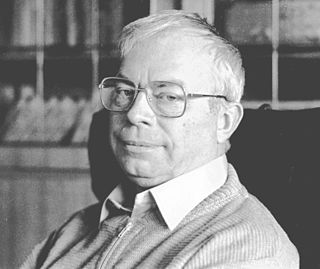
Georg Nees was a German academic who was a pioneer of computer art and generative graphics. He studied mathematics, physics and philosophy in Erlangen and Stuttgart and was scientific advisor at the SEMIOSIS, International Journal of semiotics and aesthetics. In 1977, he was appointed Honorary Professor of Applied computer science at the University of Erlangen Nees is one of the "3N" computer pioneers, an abbreviation that has become acknowledged for Frieder Nake, Georg Nees and A. Michael Noll, whose computer graphics were created with digital computers.

Richard Sapper was a German industrial designer who was based in Milan for much of his career. He is considered to be one of the most influential figures of post-war Italian design. His products typically feature a combination of technical innovation, simplicity of form, and an element of wit and surprise.

Willi Baumeister was a German painter, scenic designer, art professor, and typographer. His work was part of the art competitions at the 1928 Summer Olympics and the 1932 Summer Olympics.

Cecil Balmond OBE is a British Sri Lankan designer, artist, and writer. In 1968, Balmond joined Ove Arup & Partners, leading him to become deputy chairman. In 2000, he founded design and research group, the AGU . He currently holds the Paul Philippe Cret Chair at PennDesign as Professor of Architecture where he is also the founding director of the Non Linear Systems Organization, a material and structural research unit. He has also been Kenzo Tange Visiting Design Critic at Harvard Graduate School of Architecture (2000), Eero Saarinen Visiting Professor at Yale University School of Architecture (1997-2002) and visiting fellow at London School of Economics Urban Cities Programme (2002-2004).
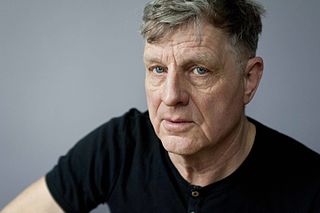
Rainer Fetting is a German painter and sculptor.

Max Ackermann was a German painter and graphic artist of abstract works and representational art.
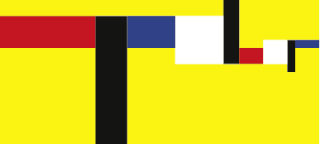
Camille Graeser was a Swiss painter and member of the circle of Zurich Concrete artists. He was born in Switzerland but grew up in Stuttgart, Germany where he became a furniture designer. He took part in major exhibitions by the association Werkbund and in 1927 was invited to create furniture for Mies van der Rohe. In 1933 he fled to Switzerland as a result of the Nazis coming to power. He then became a member of the Swiss artists’ association Allianz.

Mark Lammert, is a German painter, illustrator, graphic artist and stage designer. He lives and works in Berlin.
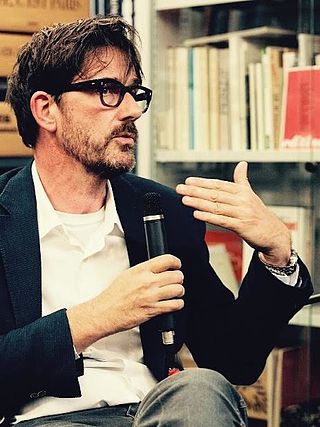
Peter Zizka is a German designer and conceptual artist.
Adolf Richard Fleischmann was a German abstract painter. His late work evolved into constructivism; he is considered a precursor of Op Art.

Tom Christopher is an American painter known for his expressionist urban paintings and murals, mostly of New York City. Christopher began as a commercial artist, and has become internationally recognized with galleries and exhibitions in France, Germany and Japan.
Florian Pumhösl is a contemporary artist based in Vienna, mainly known for his works that employ abstract visual language to reflect on the diverse manifestations of modernity. His interests include "historical formal vocabulary of modernism," and "the genealogical derivation of a particular form" and its sociopolitical setting. His work has been described as being "between the two poles of formalism and historicity." Often taking the form of a series, his works span a wide range of media, including films, installations, objects, and glass paintings.
Michael Reisch is a German artist and photographer. Reisch exhibited nationally and internationally. His works are included in collections worldwide, including the Los Angeles County Museum of Art, USA and National Gallery of Scotland Edinburgh, Scotland. His works combine aspects of documentary photography, painting and sculpture. He lives in Düsseldorf.

Bernhard Wilhelm Maria Pankok was a German painter, graphic artist, architect, and designer. His works are characterized by the transition between Art Nouveau and the International Style. His furniture and book design, such as the catalog for the German section of the Exposition Universelle (1900) in Paris, have garnered him the most recognition.

Valerik Apinian was an Armenian and Russian artist.
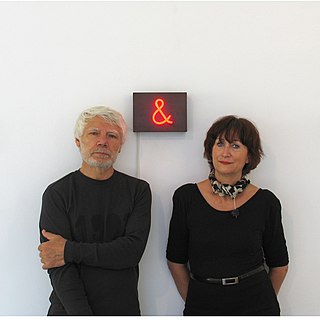
Molitor & Kuzmin are a collaborative duo of visual artists, who are classified as light art and installation artists.
Ida Kerkovius (1879–1970) was a Baltic German painter and weaver from Latvia.
References
- ↑ "Matthias Megyeri / Product Designer (1973-) - Design/Designer Information". designmuseum.org. Archived from the original on 2006-07-08.
- ↑ Sturken, Marita (2007). Tourists of History: Memory, Kitsch, and Consumerism from Oklahoma City to Ground Zero. Duke University Press. p83 ISBN 978-0-8223-4122-2
- ↑ Rough Cut at the Museum of Modern Art [ permanent dead link ]
- ↑ "Matthias Megyeri - COME BACK Stuttgart | Galerie Valentien". comeback.galerie-valentien.de (in German). 2021-04-07. Archived from the original on 2022-10-14. Retrieved 2022-10-14.